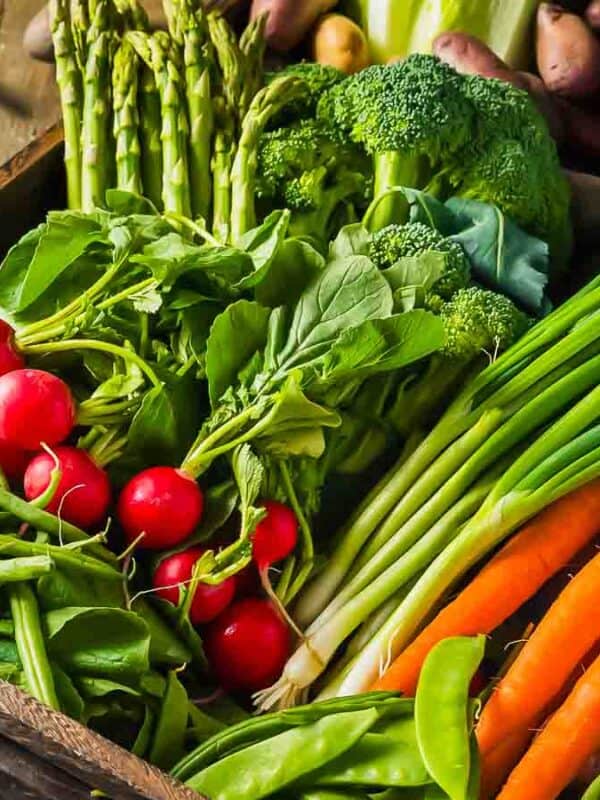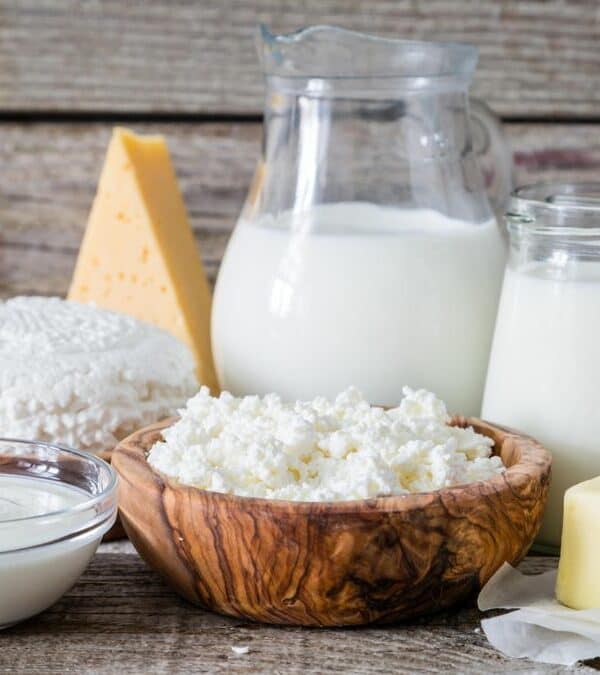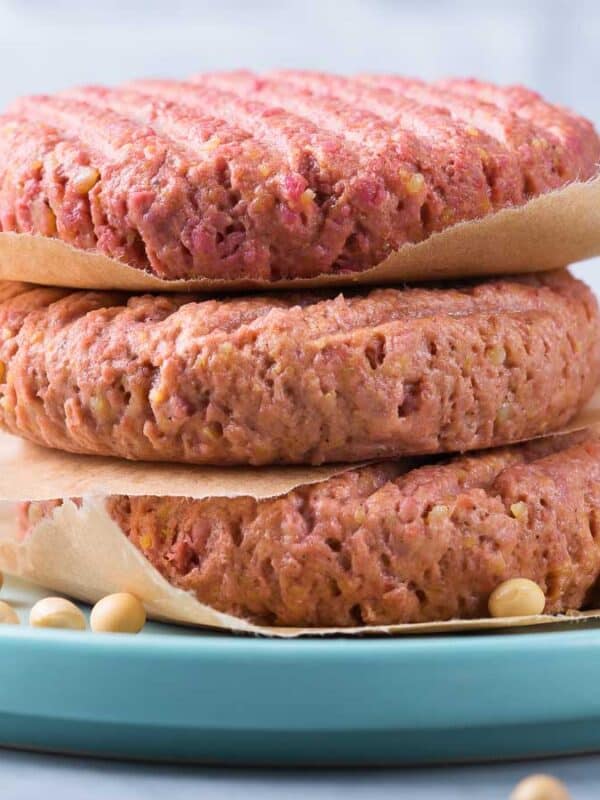Many of us instinctively toss out any food as soon as we spot mold, but that might be premature. While some moldy foods should definitely hit the trash can, others are perfectly safe to eat after a little cleanup. This guide will help you distinguish between the two, so you can save money, reduce waste, and still eat safely. Knowing which is which can keep your kitchen smart and your meals safe.

Some Hard Cured Meats

Hard cured meats like salami or dry-cured ham (think prosciutto) can develop mold as part of their aging process. This mold is generally harmless and adds to the flavor. Just scrape it off if you’re not into its looks; the meat beneath is fine to enjoy.
Any Fruit or Vegetable You Can Cut it Off

Ever found a small moldy spot on an apple, carrot or pepper? No need to toss it! Just cut around the moldy part (plus a little extra), and the rest is still good to eat. This is because in firmer fruits and veggies, mold doesn’t penetrate deeply.
Soy Sauce

This might surprise you, but soy sauce is made using mold! The mold used in its fermentation process is a key player in developing its deep, rich flavor. No need to fret; it’s completely safe and incredibly delicious.
Cheeses Made with Mold

Blue cheese, Gorgonzola, and Roquefort — ring any bells? These cheeses are made with mold and it’s totally intentional! The mold gives them that unique taste and texture. So, dive in without worry; this mold is meant to be eaten.
Hard Cheeses Not Made with Mold

Hard cheeses, like cheddar or Parmesan, can get moldy, but here’s the kicker: you can just cut off the moldy part (about an inch around it) and the rest is perfectly safe to eat. Mold doesn’t penetrate deeply into these dense cheeses.
Tempeh

Tempeh, a favorite among plant-based eaters, owes its existence to mold. The fermentation process binds soybeans into a firm, tasty cake. Mold in tempeh? Absolutely, and it’s a good thing for both your taste buds and health.
Peelable Fruit
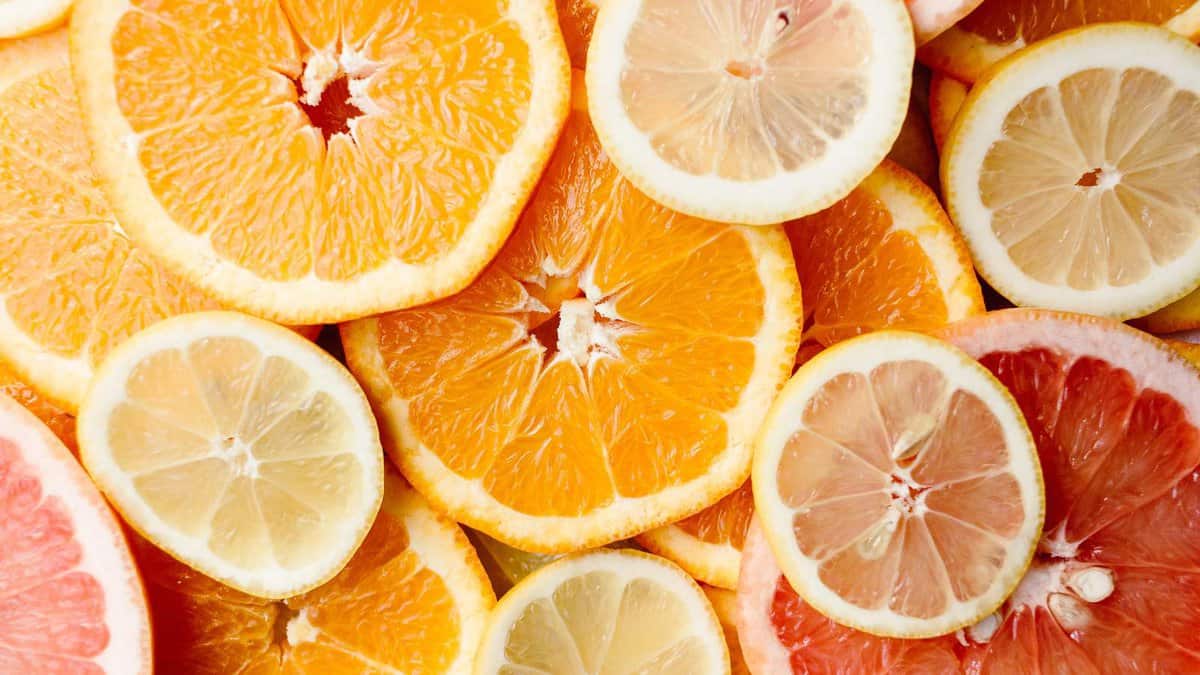
Bananas, oranges, and other fruits with a peel are champions at keeping mold at bay. Even if you see mold on the outside, the inside is protected by its natural packaging. Just peel it away and enjoy the mold-free fruit inside.
What Should You Avoid?

Some foods should not be eaten with mold because their softer, more porous nature allows mold and its potentially harmful toxins to penetrate deeply, making it unsafe to consume even if you remove the visible mold.
Jams and Jelly

Jams and jellies may seem safe after scooping out the moldy part, but don’t be fooled. Mold can produce harmful toxins that spread throughout these spreads, making it risky to consume any part of it.
Breads

Bread is a no-go when it comes to mold. Its porous nature allows mold and its toxins to easily permeate beyond visible spots, posing a health risk if eaten. Always toss out moldy bread to avoid potential sickness.
Nut Butters
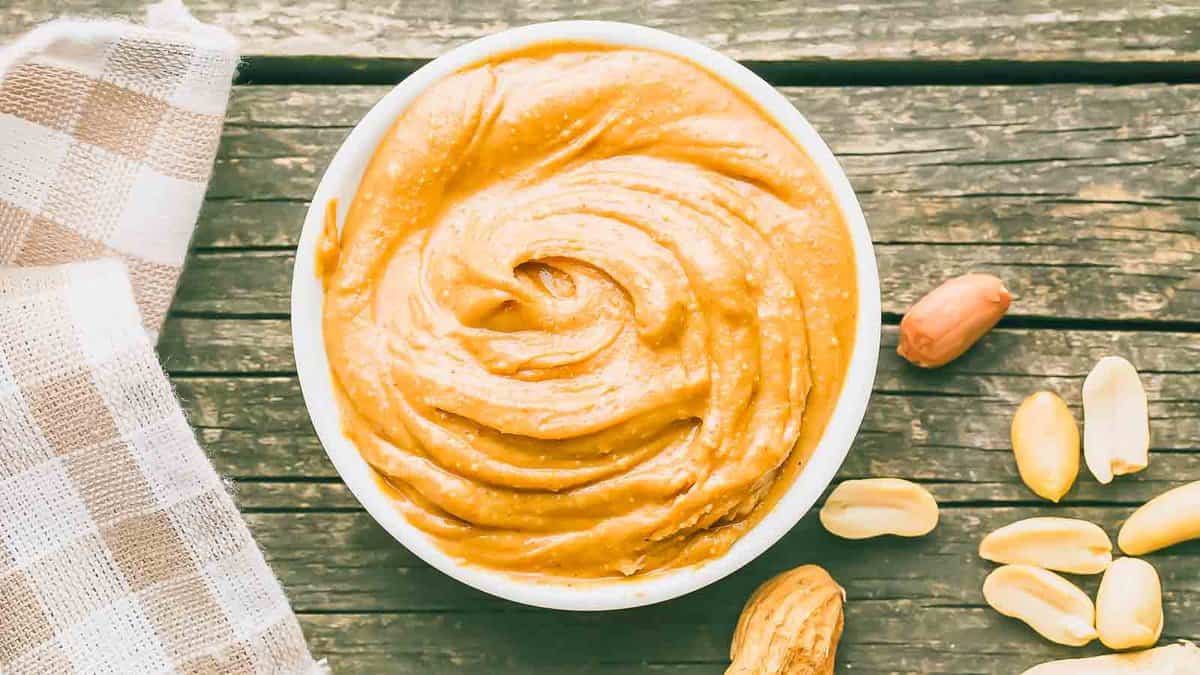
Nut butters should be discarded if you spot mold. Their dense, moist environment is perfect for harboring mold’s harmful toxins, which can spread unseen throughout the product, making it unsafe to consume.
Yogurt and Soft Cheeses

Yogurt and soft cheeses are highly susceptible to mold penetration. If mold appears, it’s a sign that bacteria and toxins could be widespread, making these foods unsafe to eat even if you remove the moldy areas.
The Top 10 Mercury-Heavy Fish and What to Have Instead
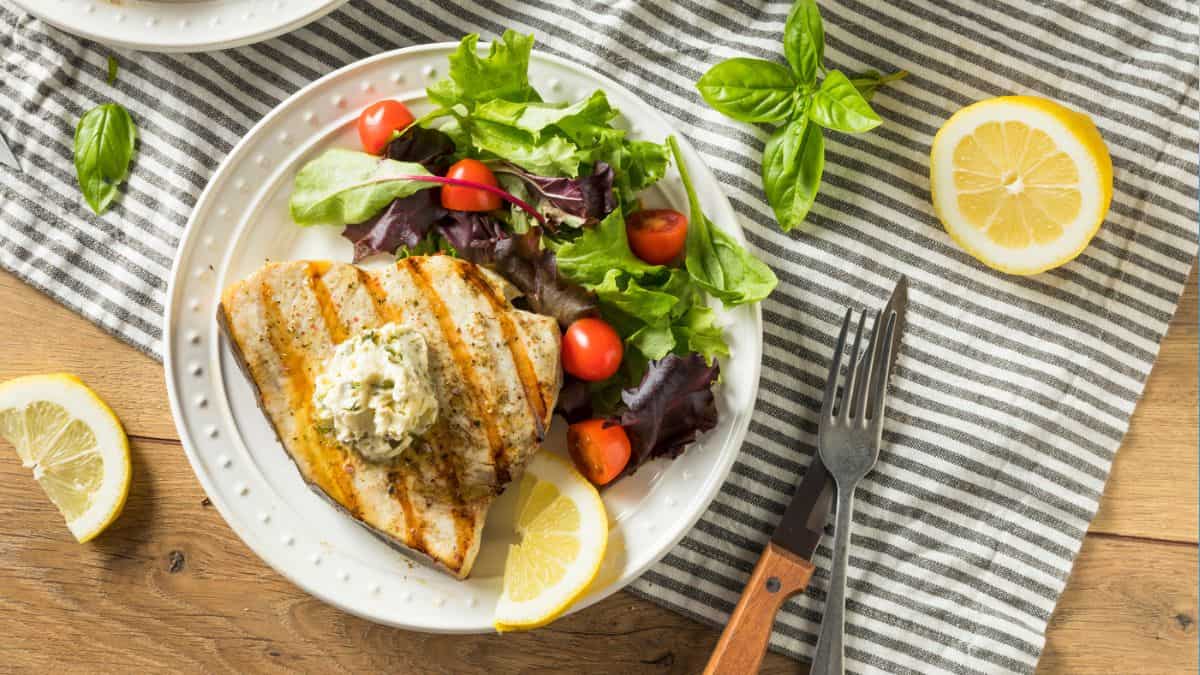
Navigating the world of seafood can sometimes feel like sailing through murky waters, especially when it comes to mercury content. While fish is a fantastic source of protein and omega-3 fatty acids, certain types pack a punch with high levels of mercury, posing health risks. We’re shining a light on those fish and offering up a net-full of safer alternatives so you can make informed choices to enjoy seafood that’s not only tasty but also good for your health.
Read It Here: The Top 10 Mercury-Heavy Fish and What to Have Instead
11 Foods That Magically Regrow From Scraps!
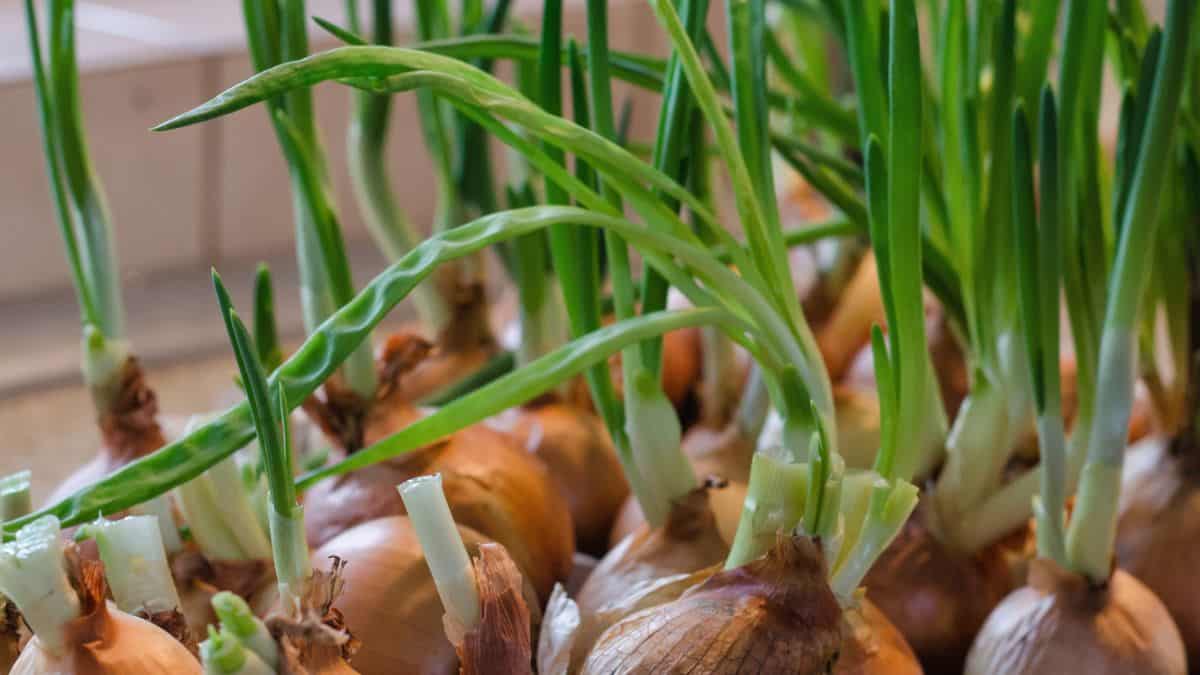
Turning kitchen scraps into a source of fresh produce isn’t just an eco-friendly practice; it’s a fascinating experiment in the potential of everyday leftovers. From the ends of lettuce to the tops of carrots, many of the foods we consume can surprisingly regenerate with a bit of care and patience. Check out the foods that can magically regrow from scraps and get started in your kitchen!
Read It Here: 11 Foods That Magically Regrow From Scraps!
10 Foods That Deceive You Into Thinking They’re Healthy

It’s easy to be fooled by foods that wear a healthy halo, especially when we’re trying to make better eating choices. Here’s the truth behind 10 foods that might seem like they’re on your side in the health department, but actually aren’t. Learn what makes them less than ideal and what to opt for in their place.
Read It Here: 10 Foods That Deceive You Into Thinking They’re Healthy
Select images provided by Depositphotos.
Gina Matsoukas is an AP syndicated writer. She is the founder, photographer and recipe developer of Running to the Kitchen — a food website focused on providing healthy, wholesome recipes using fresh and seasonal ingredients. Her work has been featured in numerous media outlets both digital and print, including MSN, Huffington post, Buzzfeed, Women’s Health and Food Network.

